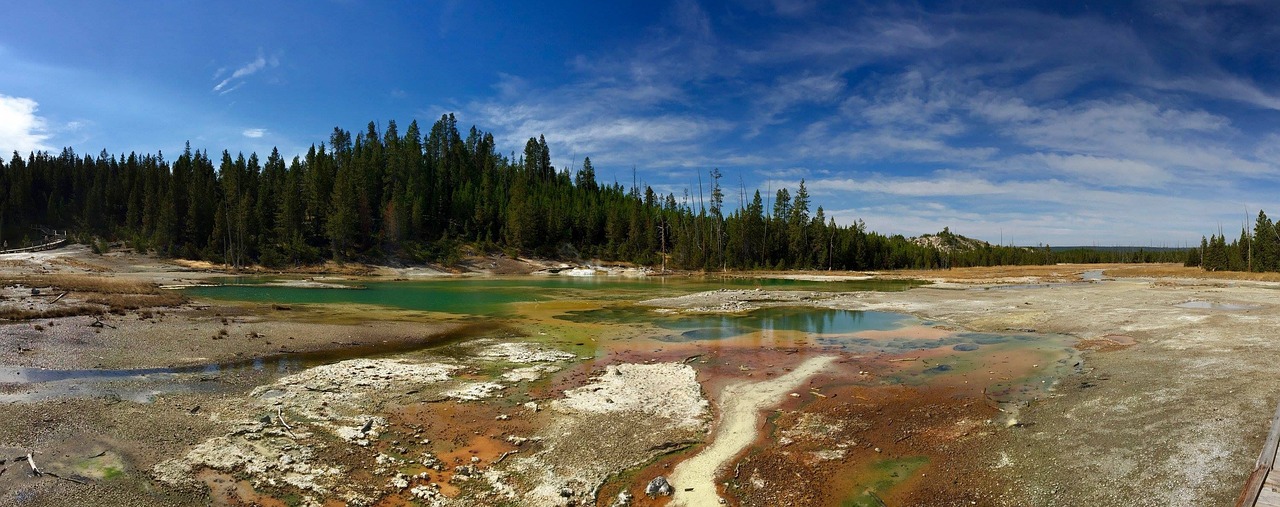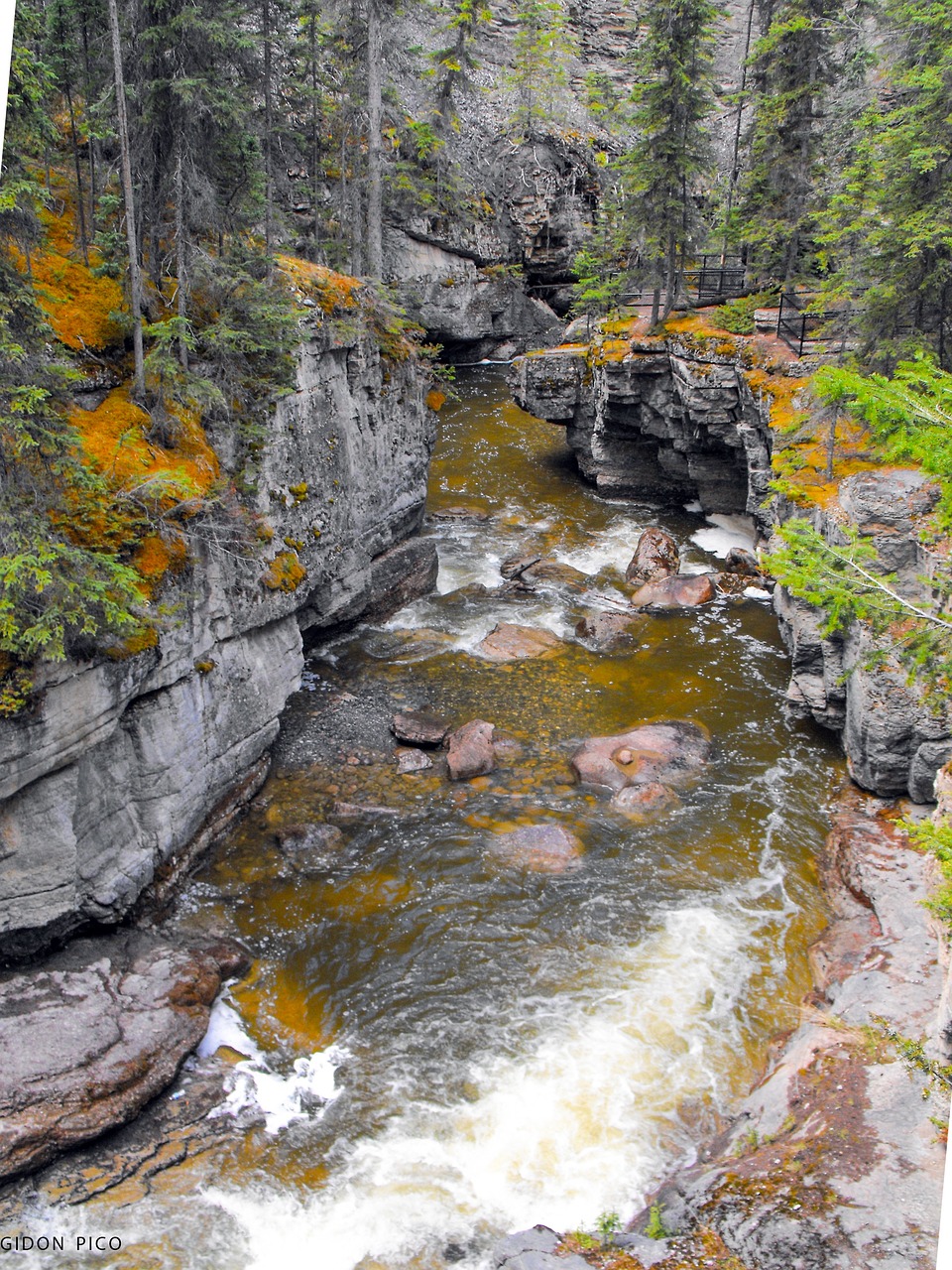United States Video
Weathering United States: Seasonal Changes and What to Expect
The United States is a vast country with diverse climates and weather patterns throughout its different regions. From the icy winters of Alaska to the hot and humid summers of Florida, each state experiences its own unique set of seasonal changes. Understanding the weather patterns in the United States can help you plan your travels and activities accordingly. In this article, we will explore the seasonal changes and what to expect in different regions of the United States.
Section 1: Northeast Region
The Northeast region of the United States is known for its four distinct seasons: spring, summer, fall, and winter. Each season brings its own weather conditions and beauty to the region.
- Spring: Spring in the Northeast is characterized by mild temperatures and blooming flowers. The region experiences occasional rain showers, and temperatures start to rise after the cold winter months.
- Summer: Summers in the Northeast can be hot and humid, with temperatures often reaching the high 80s or 90s Fahrenheit (30-35 degrees Celsius). It is a popular time for beach vacations and outdoor activities.
- Fall: Fall in the Northeast is famous for its vibrant foliage. The temperatures start to cool down, and the region becomes a picturesque landscape of red, orange, and yellow leaves. It is a great time to visit for nature lovers and photographers.
- Winter: Winters in the Northeast can be harsh, with cold temperatures and snowfall. The region is known for its winter sports, such as skiing and snowboarding. It is essential to bundle up and be prepared for icy conditions during this season.
Section 2: Southeast Region
The Southeast region of the United States experiences a humid subtropical climate, with hot summers and mild winters. The region is prone to hurricanes during the hurricane season, which runs from June to November.
- Spring: Spring in the Southeast is warm and often accompanied by rainfall. The region’s flora comes to life during this season, and outdoor activities thrive.
- Summer: Summers in the Southeast are hot and humid, with temperatures frequently exceeding 90 degrees Fahrenheit (32 degrees Celsius). Thunderstorms are common during this time.
- Fall: Fall in the Southeast is pleasant, with cooler temperatures and less humidity. It is an excellent time to explore the region’s natural beauty and enjoy outdoor festivals.
- Winter: Winters in the Southeast are mild compared to other regions of the country. However, occasional cold fronts can bring cooler temperatures and even snowfall to some areas.
Section 3: Midwest Region
The Midwest region of the United States experiences a continental climate, with hot summers and cold winters. The region is known for its agricultural activities and severe weather conditions.
United States Image 1:

- Spring: Spring in the Midwest is characterized by unpredictable weather patterns. It can range from warm and sunny days to severe thunderstorms, including tornadoes. Temperatures gradually rise, and the region becomes lush with greenery.
- Summer: Summers in the Midwest can be hot and humid, with temperatures often reaching the 90s Fahrenheit (30s degrees Celsius). The region experiences occasional thunderstorms and is prone to tornadoes.
- Fall: Fall in the Midwest is stunning, with colorful foliage and comfortable temperatures. It is an ideal time for outdoor activities and exploring the region’s national parks.
- Winter: Winters in the Midwest can be bitterly cold, with temperatures dropping below freezing. Snowfall is common, and the region offers opportunities for winter sports like ice skating and skiing.
Section 4: Southwest Region
The Southwest region of the United States is known for its arid and desert-like climate. It experiences hot summers and mild winters, with low humidity levels.
- Spring: Spring in the Southwest is warm and dry, with temperatures gradually rising. It is a great time to explore the region’s national parks and enjoy outdoor activities.
- Summer: Summers in the Southwest can be scorching, with temperatures often exceeding 100 degrees Fahrenheit (38 degrees Celsius). It is essential to stay hydrated and seek shade during this time.
- Fall: Fall in the Southwest brings relief from the summer heat, with cooler temperatures and pleasant weather. It is an ideal time to visit popular tourist destinations like the Grand Canyon.
- Winter: Winters in the Southwest are mild, with temperatures ranging from cool to warm. Some desert areas may experience chilly nights, but overall, it is a comfortable season to explore the region.
Section 5: West Coast Region
The West Coast region of the United States experiences a diverse climate, ranging from Mediterranean-like conditions to temperate rainforests. The region is known for its stunning coastline and natural beauty.
- Spring: Spring on the West Coast brings mild temperatures and occasional rainfall. The region’s wildflowers bloom, and it is a great time for coastal hikes and exploring national parks.
- Summer: Summers on the West Coast are generally mild, with temperatures ranging from the 70s to 80s Fahrenheit (20s to 30s degrees Celsius). It is an ideal time to enjoy the beaches and outdoor activities.
- Fall: Fall on the West Coast is pleasant, with comfortable temperatures and less rainfall. The region’s forests showcase beautiful autumn colors, attracting nature enthusiasts.
- Winter: Winters on the West Coast are mild, with cool temperatures and occasional rainfall. Snowfall is limited to higher elevations, making it a great time to explore coastal cities and enjoy winter festivals.
Section 6: Pacific Northwest Region
The Pacific Northwest region of the United States is known for its lush green landscapes, mild temperatures, and abundant rainfall. The region experiences a temperate oceanic climate.
United States Image 2:

- Spring: Spring in the Pacific Northwest is characterized by cool temperatures and frequent rainfall. The region’s forests come alive with colorful blooms and fresh greenery.
- Summer: Summers in the Pacific Northwest are mild and comfortable, with temperatures ranging from the 70s to low 80s Fahrenheit (20s to 30s degrees Celsius). Outdoor activities like hiking and camping thrive during this season.
- Fall: Fall in the Pacific Northwest is stunning, with vibrant autumn foliage and crisp temperatures. It is an ideal time to explore the region’s national parks and enjoy scenic drives.
- Winter: Winters in the Pacific Northwest are mild compared to other regions, with temperatures rarely dropping below freezing. The region experiences frequent rainfall, and snowfall is limited to higher elevations.
Section 7: Rocky Mountain Region
The Rocky Mountain region of the United States experiences a high-altitude climate, with cool summers and cold winters. The region is known for its stunning mountain ranges and outdoor recreational activities.
- Spring: Spring in the Rocky Mountains can be unpredictable, with fluctuating temperatures and occasional snowfall. The region’s alpine meadows come alive with wildflowers, attracting hikers and nature lovers.
- Summer: Summers in the Rocky Mountains are mild and comfortable, with temperatures ranging from the 70s to low 80s Fahrenheit (20s to 30s degrees Celsius). It is an ideal time for hiking, camping, and exploring the region’s scenic trails.
- Fall: Fall in the Rocky Mountains is breathtaking, with golden aspen trees and cooler temperatures. It is a popular time for leaf-peeping and capturing stunning photographs.
- Winter: Winters in the Rocky Mountains are cold, with heavy snowfall. The region offers excellent opportunities for skiing, snowboarding, and other winter sports.
Section 8: Alaska
Alaska experiences an extreme climate due to its high latitude. The state is known for its long, cold winters and short, mild summers. The region is also famous for the Northern Lights.
- Spring: Spring in Alaska is slow to arrive, with temperatures gradually rising and snow melting. It is a transition period, and wildlife starts to become more active.
- Summer: Summers in Alaska are short but beautiful, with temperatures ranging from the 60s to 70s Fahrenheit (15 to 25 degrees Celsius). The region experiences long daylight hours, allowing for extended outdoor activities.
- Fall: Fall in Alaska brings cooler temperatures and stunning displays of autumn colors. It is an ideal time for hiking, wildlife viewing, and enjoying the last days of comfortable weather before winter arrives.
- Winter: Winters in Alaska are long and extremely cold, with temperatures often dropping below freezing. The region experiences heavy snowfall, and outdoor activities are limited to winter sports and Northern Lights viewing.
Section 9: Hawaii
Hawaii experiences a tropical climate, with warm temperatures throughout the year. The region is known for its beautiful beaches, lush rainforests, and volcanic landscapes.
United States Image 3:

- Spring: Spring in Hawaii is warm and pleasant, with temperatures ranging from the 70s to 80s Fahrenheit (20s to 30s degrees Celsius). The region experiences occasional rainfall, but it doesn’t hinder outdoor activities.
- Summer: Summers in Hawaii are hot and humid, with temperatures often reaching the 80s to 90s Fahrenheit (30s to 35 degrees Celsius). It is a popular time for beach vacations and water sports.
- Fall: Fall in Hawaii is similar to spring, with warm temperatures and occasional rainfall. It is an ideal time to explore the island’s natural beauty and enjoy outdoor adventures.
- Winter: Winters in Hawaii are mild, with temperatures ranging from the 70s to low 80s Fahrenheit (20s to 30s degrees Celsius). It is an excellent time for whale watching and experiencing the local culture.
Section 10: Conclusion
The United States offers a wide range of weather patterns and seasonal changes across its diverse regions. From the snowy winters of Alaska to the sunny beaches of Florida, each state has its own unique climate and beauty to offer. Understanding the seasonal changes in different regions can help you plan your travels and make the most of your experiences.
References:
– National Weather Service (www.weather.gov)
– The Old Farmer’s Almanac (www.almanac.com)
– Weather.com (www.weather.com)
– Climate.gov (www.climate.gov)
– National Park Service (www.nps.gov)


